Why The MCU Doesn't Have Consequences Any More
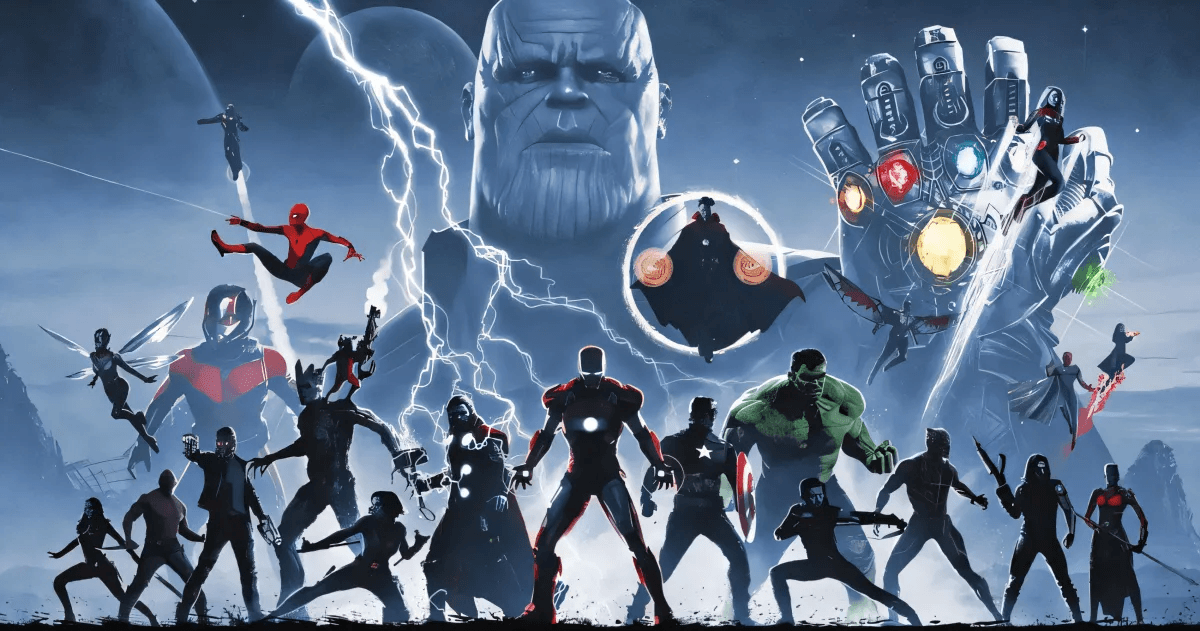
The Marvel Cinematic Universe. Since stepping its' toe in the water with 'Iron Man' back in 2008, Marvel superhero movies have become the powerhouse of international cinema. Adults and children alike all follow the science fiction dream of being a heightened being with extraordinary powers that can be used for the aid of mankind. And Hollywood knows it.
Disney/Marvel Studios churns out superhero movie after superhero movie each year, sometimes two or three a year, and each movie averages around 700 million dollars. With this in mind, it's important to remember exactly which individual heroes are the most popular, and keep returning to them.
The Marvel Cinematic Universe has a vast array of colourful characters and superheroes, so it stands to reason that the threat of death and dire consequences are omnipresent. How is it that evenly-matched one-time villains always die, and the hero gets to fight another day every time? I explore just some of the instances where death does an about-turn in favour of the good guys.
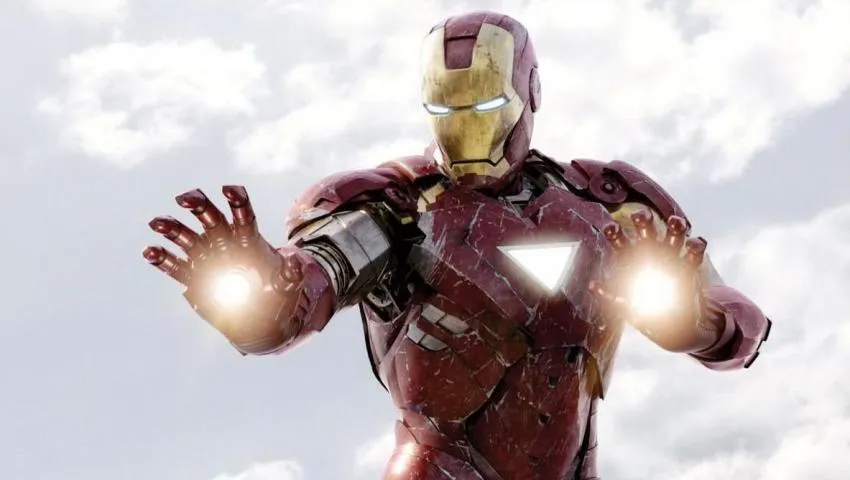
The Marvel Cinematic Universe (or MCU) has become the forefront of modern cinema. Since Disney's tentative gamble in 2008 of bringing Iron Man to the big screen, the franchise has catapulted and expanded exponentially. Title after title, sequel, team-up, or origin story, have seen no fewer than 25 movies in the last 13 years.
This expansion has brought many other beloved comic book characters from page to screen. Captain America, Thor, the Incredible Hulk, and many more have established the 'Avengers' movies as the most anticipated cinematic events of the year.
Viewers are singularly rewarded for watching all of the other movies in the franchise. Several references will be made to other characters or events that fully flesh out the universe while providing back-story for solo movies and linking them to a higher purpose.
The Marvel movies are similarly unique in the fact that viewers are rewarded for their patience to sit through the end credits: as there is usually a bonus cutscene that sets up future events.
So with this vast array of eccentric super-enhanced individuals, and ever-increasing odds with each offering, how is it that there never seems to be any lasting consequences?
Death and loss are aspects ever-present in the Marvel universe, often shaping the psyche and weight of responsibility with the characters. It's part of the deal with the risk of exercising their abilities. Yet for whatever reason, Disney seems reluctant to let characters die.
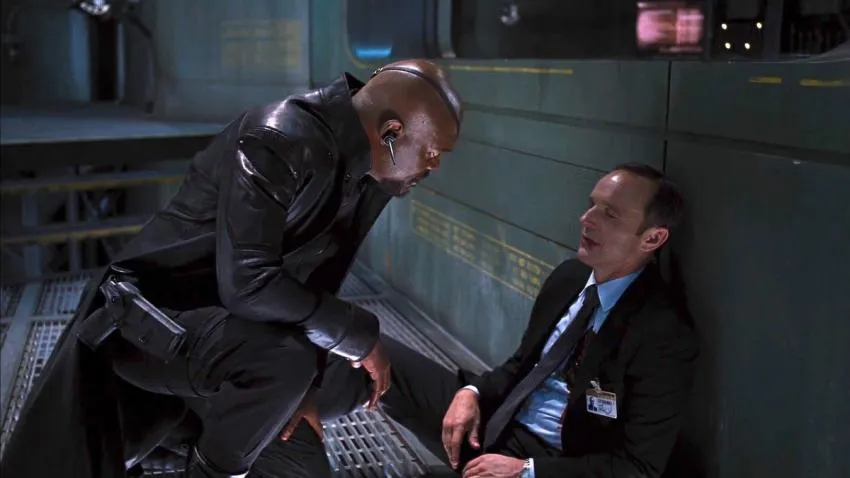
Not counting parents or one-time villains that preceded it, but the first on-screen 'casualty' that should have had a lasting effect was that of Agent Coulson. His brand of wooden, po-faced abruptness didn’t exactly make him a fan favourite, but nevertheless, he was a recurring character throughout Phase 1 of the MCU.
His ‘death’ at the hands of Loki in ‘Avengers Assemble’ was a galvanizing factor in uniting the disparaging band into an effective team. However, in Marvel’s ‘Agents of S.H.I.E.L.D.’ series, it transpired that Coulson faked his own death and is very much alive and kicking throughout that series, yet never mentioned again in subsequent movies.
In ‘Captain America: The Winter Soldier’, it’s revealed that Steve’s (Captain America’s) best friend Bucky, who ‘died’ in the first movie, is a repurposed Russian super-soldier-turned-assassin. While this is recognised as a Marvel Comics canonical storyline, it’s another notch in the trend of recurring fake-outs.
Another such instance, from the same movie, is the ‘death’ of Nick Fury, only to be revealed later on that he faked his own death, in order to stop being hunted by the covert group Hydra. Yet another is the old-age death of Peggy Carter, only to have 2 seasons of her own series, and a timeline refresh in ‘Endgame’.
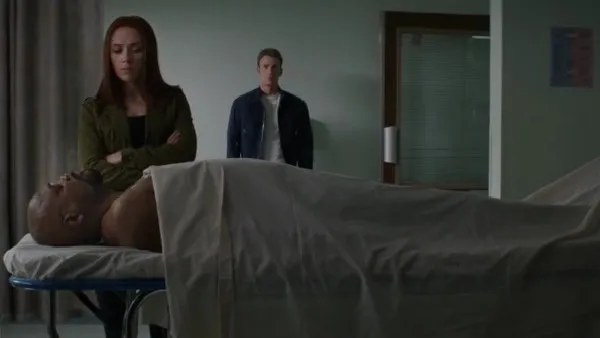
‘Captain America: Civil War’ sees James ‘Rhodey’ Rhodes A.K.A. War Machine, injured in battle. While not strictly a death, he seemingly loses his ability to walk and pushes best friend Tony Stark to his subsequent actions. Some 20 minutes later though he’s seen to be on the mend, and the whole thing is breezed over.
From a big battle between superheroes ’ divisive ethics, his is the only casualty or injury, and it’s glossed over. This ineffectiveness to cripple, maim, or injure each other diminishes the heroes’ powers, and only shows to me that their own brand of force doesn’t do much to sway their arguments.
Regarding Loki, his tenacity for survival is apparent throughout. In ‘Thor’ we see him fall off the Bifrost into Space and presume him dead. Only to be revealed as the main villain in ‘Avengers Assemble’. In ‘Thor: The Dark World’, we see the God of Mischief’s use of trickery: Loki fakes his death to escape justice again.
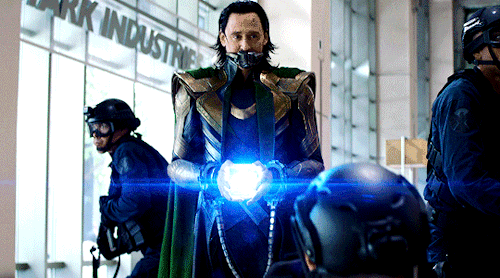
He is seen to be officially killed by Thanos in ‘Avengers: Infinity War’, and his trickery is meta-referenced by Thanos as he says, “no resurrections this time”. This is seemingly a definite event that certainly enrages brother Thor’s motivations.
However, through an accident in time-travel in ‘Avengers: Endgame’, a variant of the main timeline Loki is permitted to escape, and a whole TV series is established that keeps the mischievous scamp alive.
The first casualty that has apparently ‘stuck’ is the death of Pietro Maximoff A.K.A. Quicksilver in ‘Avengers: Age of Ultron’. The speedster brother of Wanda took several bullets to save the lives of Hawkeye and a young boy.
Even here though, the Fox version of his character, seen in the ‘X-Men’ movies, makes an appearance in the series ‘WandaVision’ which only teases the potential return through time travel and/or Multiverse possibilities. In ‘WandaVision’ also, the role of Vision was effectively brought back to life after his ‘demise’ in ‘Infinity War’.
Black Widow is a real casualty in ‘Avengers: Endgame’ as she sacrifices herself in their quest to gain the Soul Stone. It’s a devastating loss for the team, and viewers alike, as her characters’ prowess is entirely down to skill and athleticism, not a super-serum or an iron suit.
She was the first female superhero seen in the MCU. Yet here again, although she is considered canonically ‘dead’, it seems that the MCU wasn’t done with her and gave her her own origin story movie post-mortem.
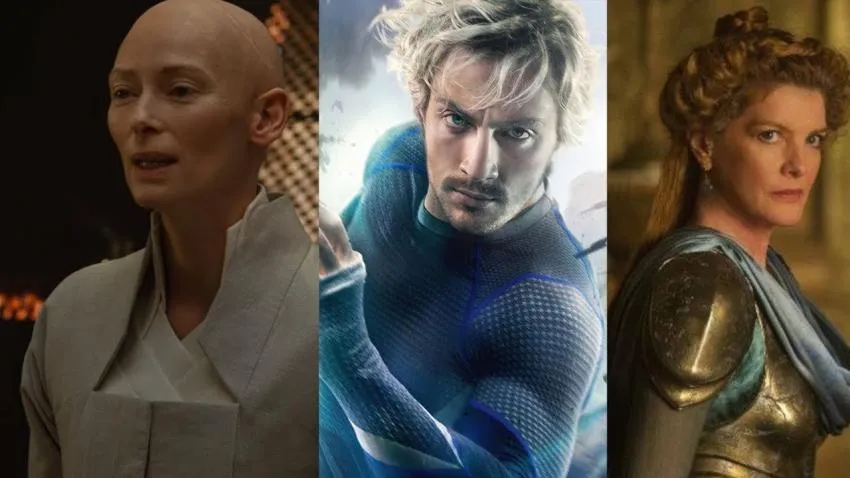
There are of course some very definite deaths, from the likes of Yondu from ‘Guardians’, The Ancient One from 'Doctor Strange' and a great many Asgardians, like Odin, Frigga, Heimdall, and the Warriors Three.
These are peripheral secondary characters though and aren’t as sorely missed as primary characters. Frigga and The Ancient One even had post-mortem scenes in ‘Endgame’ though, thanks to that movie’s use of time-travel.
The ‘Guardians of the Galaxy’ lost their friend Gamora in the same way as Black Widow, but time travel prevailed again, this time enabling a past version of her to enter the timeline. They also lost the original Groot, but he was hastily replaced with his cute offspring five minutes later, which salved that wound almost instantly.
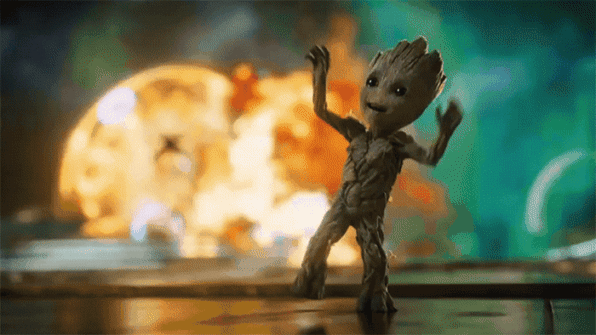
It’s apparent that Marvel, (or more likely Disney) wants us to feel the weight of these losses, and use them as driving factors for character motivations. It impresses on the viewers the risks and consequences of the superhero lifestyle. However, these constant confusing back-references, and future appearances from dead characters, negate all of the negative impacts that they hope to convey.
Disney did this a lot in their other franchise ‘Star Wars: The Rise of Skywalker’, with the fake-out death of Chewbacca, and the memory wipe of C3-P0, effectively killing his character. Both turned out fine at the end of the movie though and all was hunky-dory.
In conclusion, Disney walks the tightrope of mass age appeal. They simultaneously want to appeal to adults by having a meaty war movie with nail-biting deathly consequences, and also to children, for whom to sell merchandise and encompass every character.
The MCU is first and foremost a franchise and exists to sell toys. The MCU is also about inclusion so that all races and genders have a superhero representative to make us feel special.
Killing certain characters can therefore be considered offensive if the ratio of other races and genders becomes imbalanced through a certain death. That is why Disney/Marvel is so keen to keep all characters as alive as possible, but it comes with the underwhelming viewer expectation of low odds, and inconsequential death scenes.
Loki’s triggering of the 'Multiverse' in his titular series has opened up lots of crazy possibilities, not least the ability to bring back characters from other timelines, who are considered dead in the main one. So those previously considered dead characters we know and (sort of) love? Watch this space because they may well be back.
Opinions and Perspectives
You really feel the Disney influence in how they handle death and consequences.
Remember when we thought Loki's death in Infinity War would stick? Good times.
I just wish they'd commit to their dramatic choices instead of always finding an escape hatch.
The merchandise argument is interesting but Star Wars kills characters and still sells their toys.
It's getting harder to care about dramatic moments when you know they'll be undone.
Still think Infinity War had the best deaths because they felt real at the time.
Maybe we need to accept that these are meant to be fun adventures, not serious drama.
Comic fans are used to this though. Death has never been permanent in Marvel comics either.
The article makes a good point about representation affecting who they can and can't kill off.
I think Phase 4 is especially guilty of this. The stakes feel lower than ever.
They're definitely playing both sides trying to make serious movies while keeping everything family friendly.
I actually enjoyed how they handled Loki's various deaths and returns. It fits his character as the trickster god.
True about the merchandise, but isn't good storytelling worth more in the long run?
At least the TV shows are trying some new things. But even there, the consequences rarely stick.
The whole Coulson situation still bothers me. They never even mentioned his resurrection in the movies.
I'm surprised they haven't brought back Quicksilver properly yet. Though they did tease us in WandaVision.
They're definitely playing it safe. Can't risk killing off potential franchise leads.
It's not just about death. They undo every major consequence. Look at how they handled the Sokovia Accords.
The article forgets to mention how they keep killing villains permanently while heroes always survive somehow.
I think we're being too harsh. These are comic book movies after all. Comics have always brought characters back.
The problem isn't the multiverse itself, it's how they're using it as a narrative crutch.
Wait until they find a way to bring back every dead character through the multiverse. You know it's coming.
I actually like how they handled Pietro's death. It's one of the few that stuck.
The multiverse could be interesting if they'd use it for more than just bringing back fan favorites.
Totally agree about the merchandising angle. Can't sell action figures of dead heroes!
Vision's whole death and resurrection in WandaVision was actually well done though. It served the story rather than just fan service.
I miss when superhero movies had real stakes. Now everything feels like it has a reset button.
The article really nails it about Disney trying to please everyone at once. Can't have real consequences when you're trying to appeal to all ages.
Has anyone else noticed how they keep bringing characters back but only the profitable ones?
The whole Gamora situation is so confusing now. Is she dead? Is she from the past? What timeline are we even in?
At least Tony Stark's sacrifice feels permanent. I'll be really disappointed if they find some way to bring him back.
The comparison to Star Wars is spot on. Disney seems allergic to permanent consequences in all their properties.
I actually think the original Groot's death still holds weight. Baby Groot is technically a different character.
Black Widow's death should have meant more, but they immediately announced her solo movie so it lost all impact.
You know what's funny? I can't even feel sad about character deaths anymore because I'm just waiting for their inevitable return.
The merchandise argument makes sense but I still think they're sacrificing good storytelling for profit.
What bothers me most is how quickly they undo any emotional impact. Like Rhodes injury in Civil War that was basically forgotten.
I disagree with most of you. The multiverse adds interesting layers to storytelling. It's not just about cheating death.
Remember when we thought Coulson's death was permanent? Those were simpler times...
The article makes a great point about merchandise driving these decisions. They can't kill popular characters when toys are still selling.
I actually enjoy seeing different versions of characters through the multiverse. It lets actors explore new sides of familiar roles.
Are we just going to ignore how they completely undermined Loki's death from Infinity War? The variant thing feels like such a cop-out.
Iron Man's death in Endgame actually felt meaningful to me. At least they've kept that one permanent so far.
The multiverse is basically their get-out-of-jail-free card now. They can bring back any character they want and just say it's a variant.
I've noticed this trend too. The stakes feel so much lower now when you know everyone will probably come back somehow.
